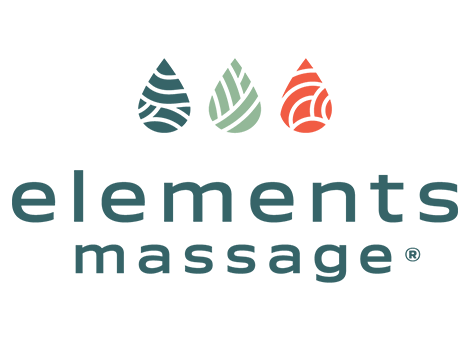Speeding Recovery from Injury Through Massage Therapy
Injuries, whether from sports, accidents, or day-to-day activities, can significantly impact an individual's quality of life, limiting mobility and causing pain. Recovery from such injuries is a complex process that involves the repair of damaged tissues, reduction of inflammation, and restoration of function. Massage therapy has been increasingly recognized as a beneficial adjunct to traditional rehabilitation methods, aiding in the acceleration of the recovery process.
Mechanisms of Massage Therapy in Injury Recovery
-
Enhanced Circulation: One of the primary ways massage therapy aids injury recovery is by enhancing blood circulation to the affected area. Increased blood flow delivers essential nutrients and oxygen needed for tissue repair while also facilitating the removal of waste products and excess fluids that contribute to inflammation and swelling (Crane et al., 2012).
-
Reduction of Inflammation: Massage therapy can help reduce inflammation, a natural response to injury that, if excessive, can delay healing and increase pain. By promoting lymphatic drainage and the removal of inflammatory mediators, massage can help minimize the inflammatory response and reduce associated pain and stiffness (Field, 2016).
-
Alleviation of Muscle Spasms and Tension: Injuries often lead to muscle spasms and increased tension in surrounding tissues, which can further exacerbate pain and hinder mobility. Massage therapy helps relax tight muscles, relieve spasms, and reduce overall tension in the body, facilitating a more conducive environment for healing (Field, 2014).
-
Stimulation of Collagen Production: The repair of many types of tissue injuries, especially those involving tendons and ligaments, relies on the production of collagen, the primary structural protein in the body. Massage therapy has been suggested to stimulate fibroblasts, the cells responsible for collagen production, thereby supporting the rebuilding of injured tissues (Crane et al., 2012).
Scientific Evidence on Massage and Injury Recovery
Several studies have underscored the role of massage in facilitating injury recovery. For example, a study by Crane et al. (2012) found that massage therapy attenuated inflammatory signaling after exercise-induced muscle damage, suggesting a potential mechanism for accelerated recovery from muscle injuries.
Another study focusing on rehabilitation after anterior cruciate ligament (ACL) surgery found that patients who received regular massage sessions reported less pain and improved range of motion compared to those who did not receive massage therapy, indicating its effectiveness in post-surgical recovery (Moraska et al., 2013).
Furthermore, research has shown that massage can be beneficial in the management of chronic injuries, such as tendinopathy, by improving pain levels and functional outcomes (Jay et al., 2014).
Conclusion
Massage therapy, through its multifaceted effects on circulation, inflammation, muscle tension, and tissue repair, offers significant benefits in speeding up the recovery process from injuries. Incorporating massage into a comprehensive rehabilitation program can enhance the healing process, reduce pain and discomfort, and expedite the return to normal activities.
References
- Crane, J. D., Ogborn, D. I., Cupido, C., Melov, S., Hubbard, A., Bourgeois, J. M., & Tarnopolsky, M. A. (2012). Massage therapy attenuates inflammatory signaling after exercise-induced muscle damage. Science Translational Medicine, 4(119), 119ra13.
- Field, T. (2014). Massage therapy research review. Complementary Therapies in Clinical Practice, 20(4), 224-229.
- Field, T. (2016). Massage therapy research review. Complementary Therapies in Clinical Practice, 24, 19-31.
- Jay, K., Sundstrup, E., Sondergaard, S. D., Behm, D., Brandt, M., Saervoll, C. A., Jakobsen, M. D., Andersen, L. L. (2014). Specific and cross over effects of massage for muscle soreness: randomized controlled trial. International Journal of Sports Physical Therapy, 9(1), 82-91.
- Moraska, A. F., Schmiege, S. J., Mann, J. D., Butryn, N., & Krutsch, J. P. (2013). Responsiveness of Myofascial Trigger Points to Single and Multiple Trigger Point Release Massages: A Randomized, Placebo Controlled Trial. American Journal of Physical Medicine & Rehabilitation, 92(9), 758-767.

